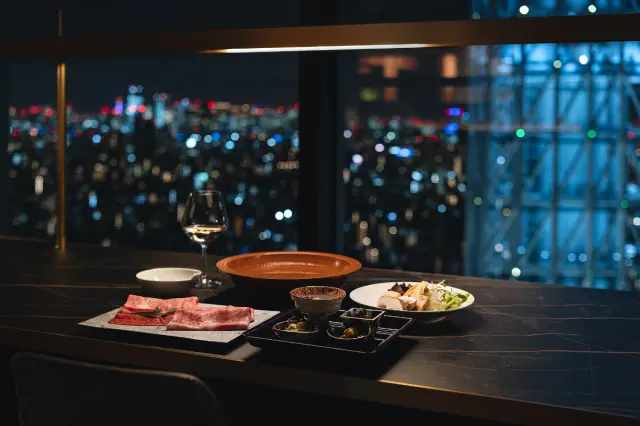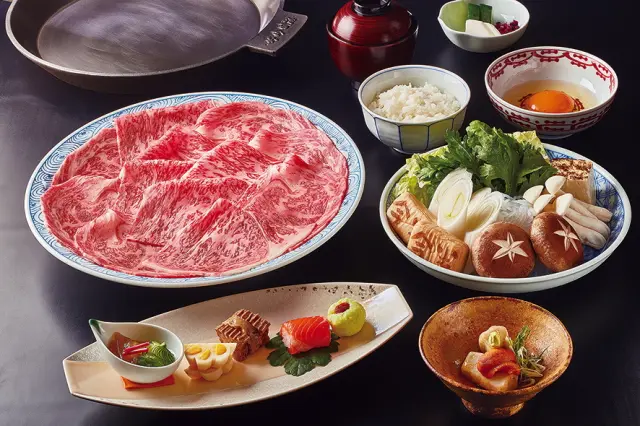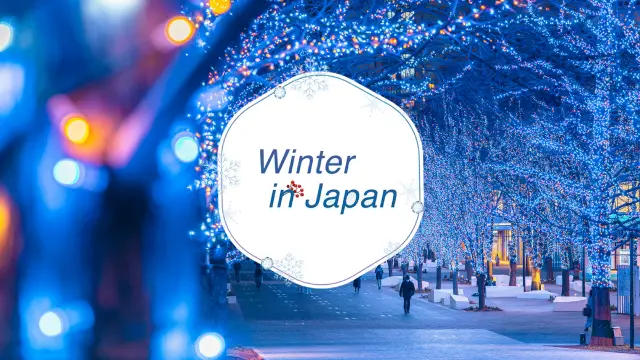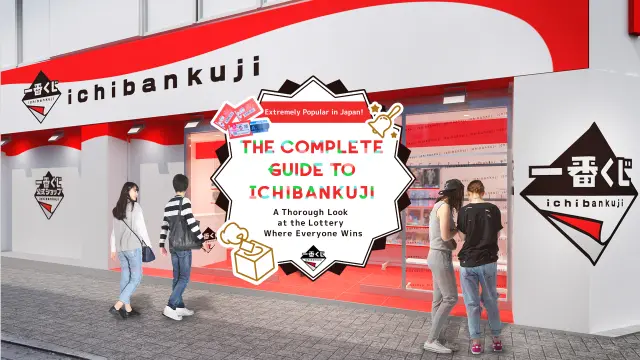Sanja Matsuri is around the 3rd Saturday in May, lasting from Friday to Sunday in Asakusa, Tokyo. Residents call it Sanja sama. Each year, about 1.8 million visitors watch this prominent 3-day festival in Japan.
It begins with a lively procession of dances in Asakusa such as Tekomai and Geishas’ team dances. On the last day, three Mikoshi (portable shrines) move around the town and come back to the Shrine after sunset. The ambiance of Edo Period (1603−1867) is still left in this energetic festival.
This harvest dance, Shinji Binzasara Dance, is of interest as well, which is designated as Tokyo’s intangible folk cultural property. The wooden musical instrument, Sasara, is used while a dancer scatters red and white confetti to wish for a good harvest of grains and for chasing away evil spirits. A lion dance is added to pray for healing and lasting posterity.
Highlights
-
The big festival held in May at Asakusa Shrine. One of Japan’s prominent festivals.
-
During the three festive days, nearly 1.8 million visitors watch Tokyo’s early summer tradition.
-
Shinji Binzasara Dance performed on the first day is Tokyo’s intangible folk cultural property.
-
On the last day, Mikoshi is put on a cart and pulled through towns. Only when it is drawn out and pulled back into the Shrine, town committee members are in charge.





























